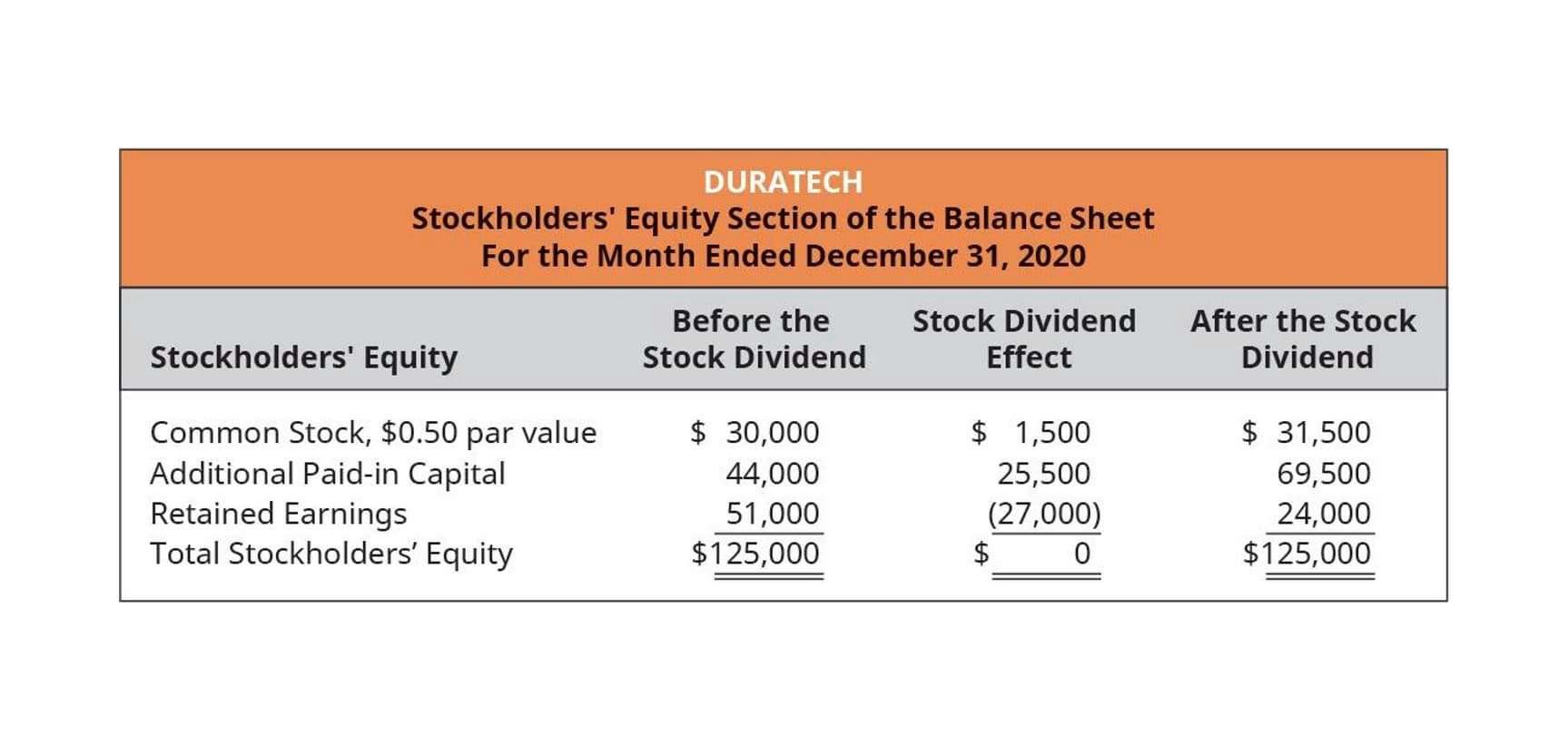
Low stock alerts calculate how fast your remaining stock will sell and how long your supplier will take to ship you new inventory. Software that streamlines inventory management processes has long been used by large https://www.bookstime.com/ retail brands with massive inventory catalogs that are stored across multiple warehouses and stores. But more recently, the cost of inventory control software has made it accessible to businesses of all sizes.

What are carrying costs in inventory management?
- Inventory management is every step involved in ordering, organizing, storing and selling inventory.
- Using inventory software, for example, you can simplify fulfillment, cycle counting, and replenishment.
- This systematic approach enhances operational efficiency, improves customer satisfaction and supports better financial management.
- When managing your stock levels, make sure you have enough to cover potential increases in demand without holding too much.
- Finished goods inventory is the total stock available for customers to purchase that can be fulfilled.
- It replaces messy spreadsheets, inaccurate stock reporting, and those chaotic dashes around your stockroom.
When you’re managing it, you’re looking to set it up in such a way that you can examine sales data and see what your customers are responding to and what they aren’t. Let’s take a quick look at how easily an e-commerce platform, such as Shopify, integrates with QuickBooks. You may also be able to set up alerts when there are inventory level updates. It’s the most sophisticated of the inventory control systems and allows you to understand current inventory levels down to the smallest detail so you can better understand and manage inventory costs. Meanwhile, perpetual inventory is a method of tracking inventory levels continuously, with automatic inventory level updates being made each time a product is sold or received. It’s the most sophisticated method and offers the highest level of accuracy and efficiency.
Ordering inventory
Instead of just looking at the sales records, you also have to factor in seasonality. Seasonality is what causes consumer demand for certain products to shift in a predictable way. By selling the oldest items first, you can avoid holding too much obsolete inventory, such as fashion items from past seasons. An inventory management cycle begins with buying inventory from your supplier. Minimum order quantity (MOQ) is the smallest number of products that you must purchase in one order from a supplier.
The impact of effective store inventory management
Safety stock inventory management is extra inventory that is ordered and set aside in case the company doesn’t have enough for replenishment. This helps prevent stock-outs typically caused by incorrect forecasting or unforeseen changes in customer demand. Your inventory Online Store Inventory Management Guide management software might help you do this, but it’s important to create long-term (or even year-long) forecasts for when sales of each product you sell will fluctuate. Dropshipping can pose an advantage to businesses who don’t (yet) have their own storage space.

Top 16 Ecommerce Platforms of 2023: Find the Best One for Your Business
- Safety stock offers an optimal solution without significantly increasing costs.
- Regular inventory reconciliation means you’re always on top of what’s going on with your stock.
- Let’s take a look at some inventory control techniques you may choose to utilize in your own warehouse.
- A well-organized inventory report will help you avoid over-ordering inventory or running out of inventory when customers buy your products online.
- Read on to learn how you can optimize your inventory investment and streamline inventory related processes with Shopify.
- Strong inventory management processes and strategies can be a source of leverage for ecommerce companies looking to increase efficiency and reduce operational costs.
Understanding sales velocity for products is critical to forecasting and inventory management systems greatly help with built-in forecasting tools in purchase orders. These systems streamline customer orders, inventory tracking, supplier data, purchase orders and stock receipts within one system. Plus, most seamlessly connect to retail point-of-sale (POS) systems, online sales channels, fulfillment centers and dropship partners for real-time inventory updates. Learning how to manage inventory efficiently is critical to any business that sells physical goods. Anything that involves your products, from timely ordering to proper receiving, tracking and storage, is part of inventory management.
It’s a top choice for businesses that want to manage multiple channels in one central place. It features an extensive array of reporting tools that show every aspect of your inventory’s journey. With just a quick look, see how many items are available, compare this season’s performance to last year’s, and evaluate the profitability of specific product ranges. The customer doesn’t get what they came to your store for, and you lose out on sales and customer loyalty. Check out some of our top picks for inventory management software this year.
- How items are arranged and positioned in your store and stockroom can make a world of difference in retail inventory management.
- A multi-channel inventory management strategy can be beneficial if you have limited stock runs for some of your items.
- Your sell-through rate helps you predict demand; measuring it means you can build an effective ordering plan.
- Read on to learn the fundamentals and all the best practices for online stores.
- Reliable suppliers that ship quickly let you stock fewer items and order more often, which helps with cash flow.
On the other hand, the last in, first out method (LIFO Method) applies the cost of the most recently ordered items to the most recently sold goods. Efficient warehousing and fulfillment operations are critical for effective inventory management. Poor organization in the warehouse can lead to delays, misplaced items, and fulfillment errors, which can negatively affect customer satisfaction. If you want to enhance your inventory management practices and performance, you need to keep an eye on your data.

As a transaction occurs on your ecommerce site, MyWorks syncs this data with QuickBooks or Xero. The accounting software uses this information to record the transaction, categorize it into the right accounts, and update your records. Say you use a shipping company and add $10 to each sale to account for their fees. You accept the payment from the customer but that money doesn’t belong to your business.
- The 80/20 productivity rule of thumb states that 80% of your profits come from 20% of your efforts.
The ABC analysis by product and Days of inventory remaining reports are available on the Shopify plan or higher.
- It’s standard to use double-entry accounting when you write journal entries.
- Every business should strive to eliminate as much human error from its inventory management processes as possible, which means using inventory management software.
